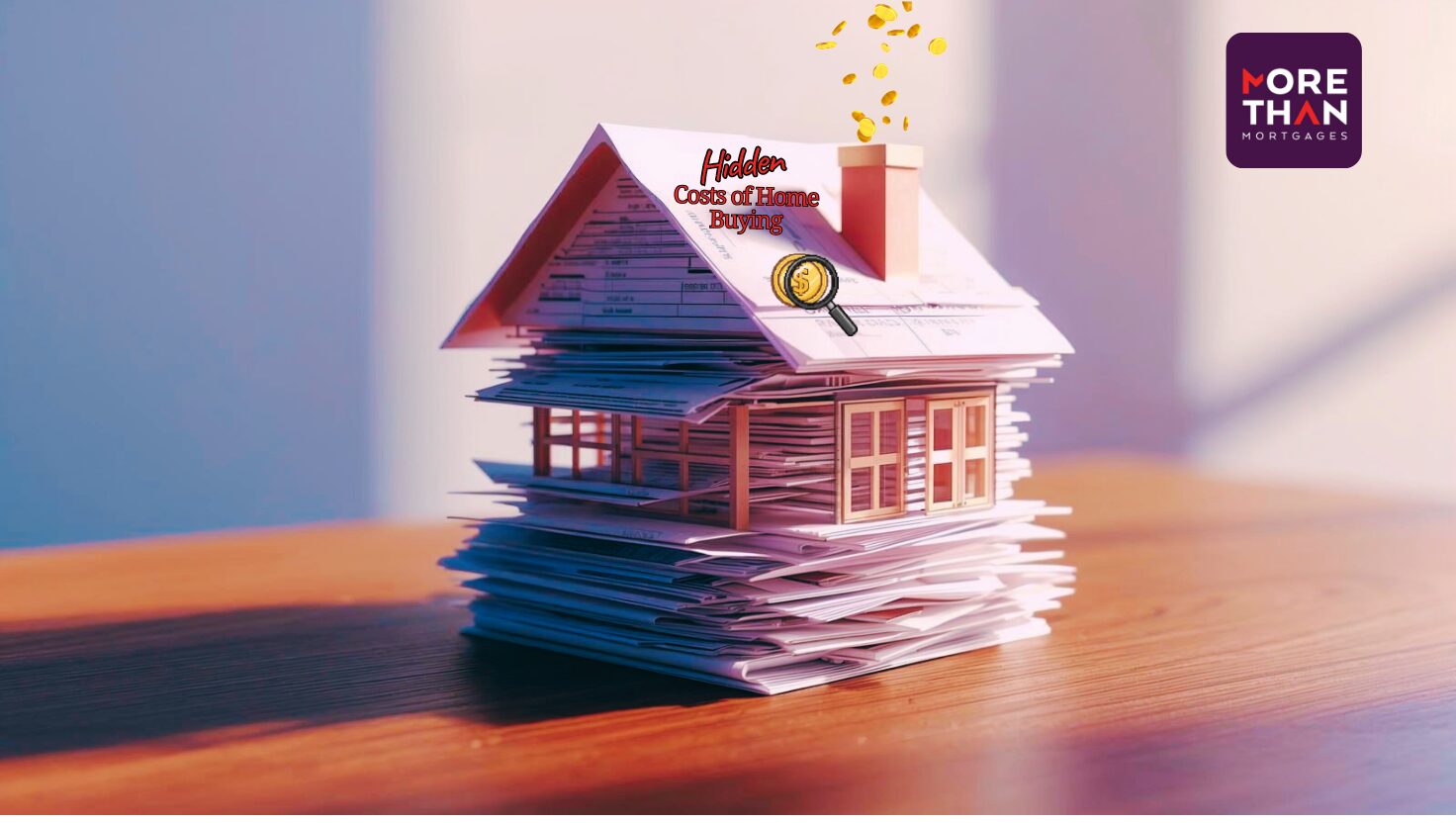Saving for a deposit is hard enough, but many first-time buyers don’t realise the deposit is just the beginning. Once you’ve found your dream home and had your offer accepted, a new set of costs appear right before settlement.
They’re not exactly “hidden,” but they can catch you off guard if you haven’t budgeted for them. Here’s a breakdown of what to expect so nothing takes you by surprise on settlement day.
This is the big one. Stamp duty is a state government tax charged when you buy a property. The amount depends on the state you’re buying in, the property price, and whether you’re a first-home buyer or investor.
It can range from a few thousand dollars for lower-value homes to well over six figures for high-end properties. Some first-home buyers qualify for concessions, but it’s still one of the largest upfront costs you’ll face.
Every property purchase needs a legal professional to make sure your contract and title transfer are handled correctly.
Expect around $2,000 for a solicitor or conveyancer to manage the process, plus extra for search and enquiry fees like zoning checks and water rates.
You’ll also need to reimburse the seller for prepaid rates (called “rates adjustments”), which can add a few hundred dollars depending on timing.
In addition to stamp duty, you’ll need to pay:
- Land (Title) Transfer Fee: To officially transfer the property into your name – typically a few hundred to a few thousand dollars.
- Mortgage Registration Fee: Around $200, to record your home loan on the property title.
They may be small compared to stamp duty, but together they add up.
Some lenders charge a bank settlement fee (around $300) to finalise the loan paperwork. Others may include a loan application or establishment fee, and occasionally a valuation fee if they need to double-check the property’s worth.
Your mortgage broker (that’s us!) will help identify which lenders include these fees and which ones don’t, saving you unnecessary costs upfront.
Before you buy, you’ll want to know what you’re getting into. A building and pest inspection usually costs $400–$800, depending on the property type.
If you’re buying a unit or townhouse, you may also need a strata report to understand the building’s financial position and any upcoming maintenance work.
It’s money well spent – fixing hidden problems later can be far more expensive.
Before your lender will settle your loan, you’ll need to have building insurance in place. It protects your home from the day you take ownership — and some lenders require proof before they release the funds.
If your deposit is less than 20%, you’ll probably pay LMI. The good news is it’s usually added to your loan, not paid upfront. It protects the lender (not you), but it allows you to buy sooner with a smaller deposit.
Allow yourself a little breathing room. We recommend keeping an extra $5,000 aside to cover the smaller “bits and pieces” like rate adjustments, insurance, government fees, and unexpected costs that pop up along the way.
Buying a home is exciting, but understanding these hidden costs will help you plan properly and avoid any last-minute shocks.
We’ll walk you through the full picture — upfront, honest, and tailored to your situation — so you can move from “offer accepted” to “keys in hand” with total confidence.
👉 Book a chat with our team today.
You might also like:
